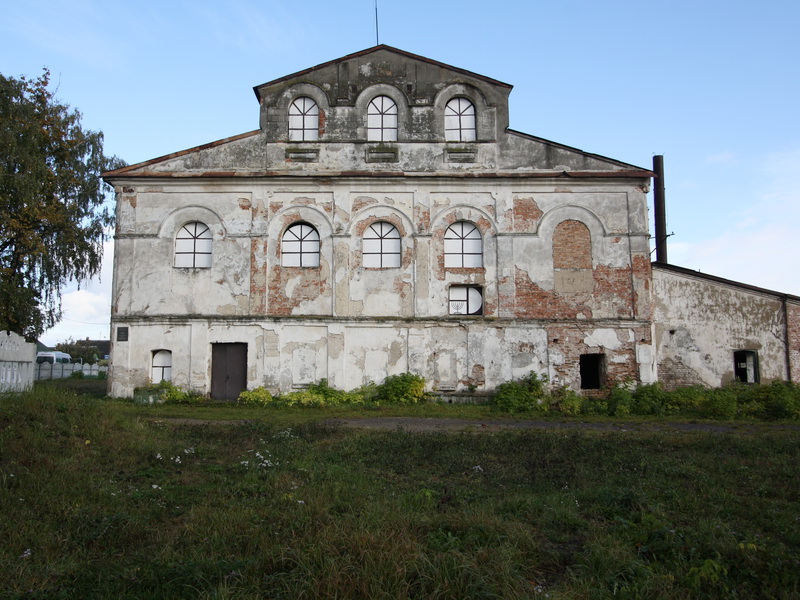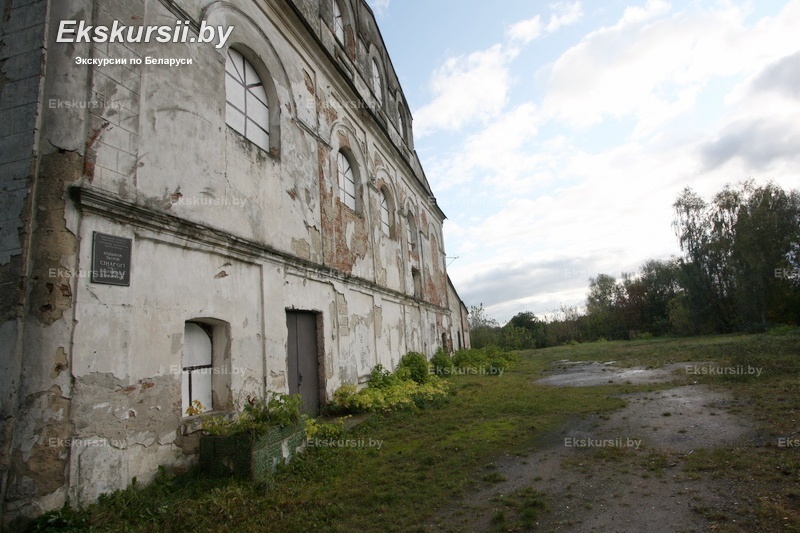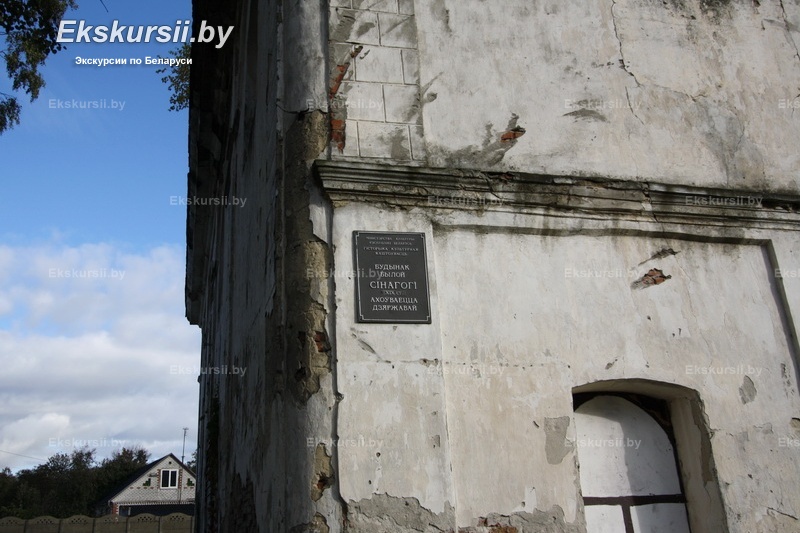History
The synagogue in Kobryn was constructed in the 18th century and served for many years as a spiritual and cultural center for the town's numerous Jewish residents. Before the Second World War, Jews made up the majority of the population, and Kobryn was home to more than seven synagogues. During the war, the building became a tragic symbol: the Nazis used it as the center of a ghetto where mass executions later took place. After the war, the synagogue was closed, and the premises were repurposed for industrial use. It wasn't until 2003 that efforts to restore the building began—plans initiated by the Jewish Religious Community included the creation of a cultural center and a museum. Unfortunately, the building is currently non-functional, but its historical importance makes it a significant stop on tours across Belarus.
Architecture
The Kobryn Synagogue is designed in an eclectic style with prominent elements of classicism. The structure follows a basilica layout without towers, giving it a strictly symmetrical and monumental appearance. The main façade is adorned with three tiers, each marked by flat pilasters and distinctive semi-circular windows. Decorative elements include window niches, arcature belts, and rusticated pilasters that enhance the building's expressive character. The synagogue's architecture reflects the advanced building techniques of its era and continues to impress both contemporary architects and tourists embarking on an excursion from Minsk or other cities.
Excursions
The Kobryn Synagogue is a key site on cultural and historical tours across Belarus. Although the building is currently not in use, it remains part of many tourist programs due to its architectural value and dramatic past. You can book a guided tour of the synagogue to learn more about the fate of the Jewish community in the Brest region, see this unique architectural monument


